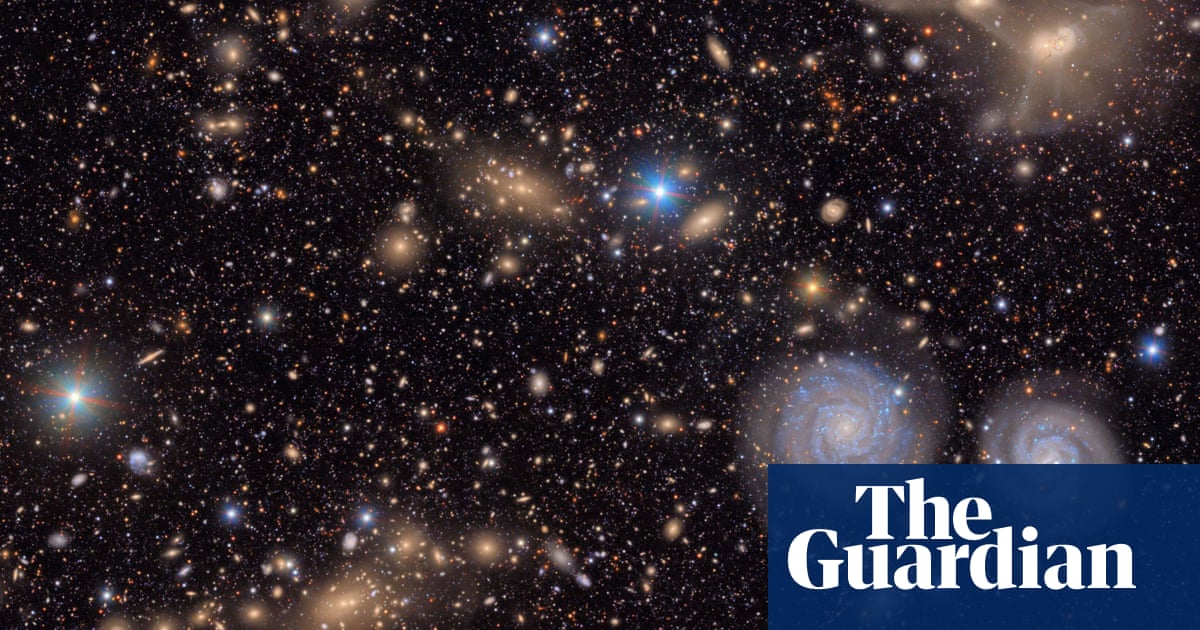Asteroid 2024 YR4 might smash into the moon

Earlier this year, astronomers alerted the world to a startling possibility: based on initial calculations, it appeared that a recently discovered asteroid known as 2024 YR4 had a not-zero chance of colliding with Earth in 2032. At 174–220 feet wide, the space rock has the potential to destroy a sizable city in less than a decade’s time. In this case, however, “not-zero” never amounted to anything higher than a three percent probability. And after gathering additional information from an array of terrestrial observatories as well as the James Webb Space Telescope, experts concluded in March that 2024 YR4 didn’t pose any direct threat to the planet.
But just because Earth was spared doesn’t mean our moon is safe. Based on the most recent calculations, the chance that the asteroid has a 2032 date with the lunar surface is higher than it ever was for us.
“The probability that asteroid 2024 YR4 will strike the Moon on 22 December 2032 is now approximately 4 percent, and this probability was still slowly rising as the asteroid faded out of view,” the European Space Agency said in its most recent update.
Okay, so it’s not that much more likely than 2024 YR4’s highest probability for Earth. But a 96-percent likelihood of missing the moon leaves room for the space rock to defy the odds. Astronomers will now need to wait until its orbit sends it around the sun in mid-2028 to begin conducting further observations.
So what happens if 2024 YR4 really does collide with the moon? That’s a great question—one that even the experts can’t answer at the moment.
“No one knows what the exact effects would be,” admitted ESA Planetary Defense Office director Richard Moissl. “It is a very rare event for an asteroid this large to impact the Moon—and it is rarer still that we know about it in advance.”
Moissl added the collision “would certainly leave a new crater on the surface,” but it’s not currently possible to accurately predict how much material would eject into space, and whether Earth’s gravitational pull would catch any of it. That said, there isn’t a major worry that an asteroid of 2024 YR’s size would result in lunar armageddon. Moissl also explained that while the impact would likely be visible from Earth, astronomers remain “excited by the prospect of observing and analyzing it.”
If you’re still uneasy about errant asteroids hurtling towards us, take comfort in knowing that international space agencies are working to improve our early detection capabilities and plan for worst-case scenarios. The ESA, for example, is currently planning to launch its Near-Earth Object Mission in the Infrared (NEOMIR) satellite in the early 2030s. NEOMIR is designed to position itself at the first Sun-Earth Lagrange Point, one of five locations where the planet’s gravitational forces and the satellite’s orbit interact to allow for a stable observation point. Once there, the array will be able to scan for unknown asteroids larger than 197-feet-wide that are potentially en route to Earth. This will provide governments and agencies much more time to identify, analyze, and plan for space emergencies.
“NEOMIR would have detected asteroid 2024 YR4 about a month earlier than ground-based telescopes did,” Moissl explained. “This would have given astronomers more time to study the asteroid’s trajectory and allowed them to much sooner rule out any chance of Earth impact in 2032.”




